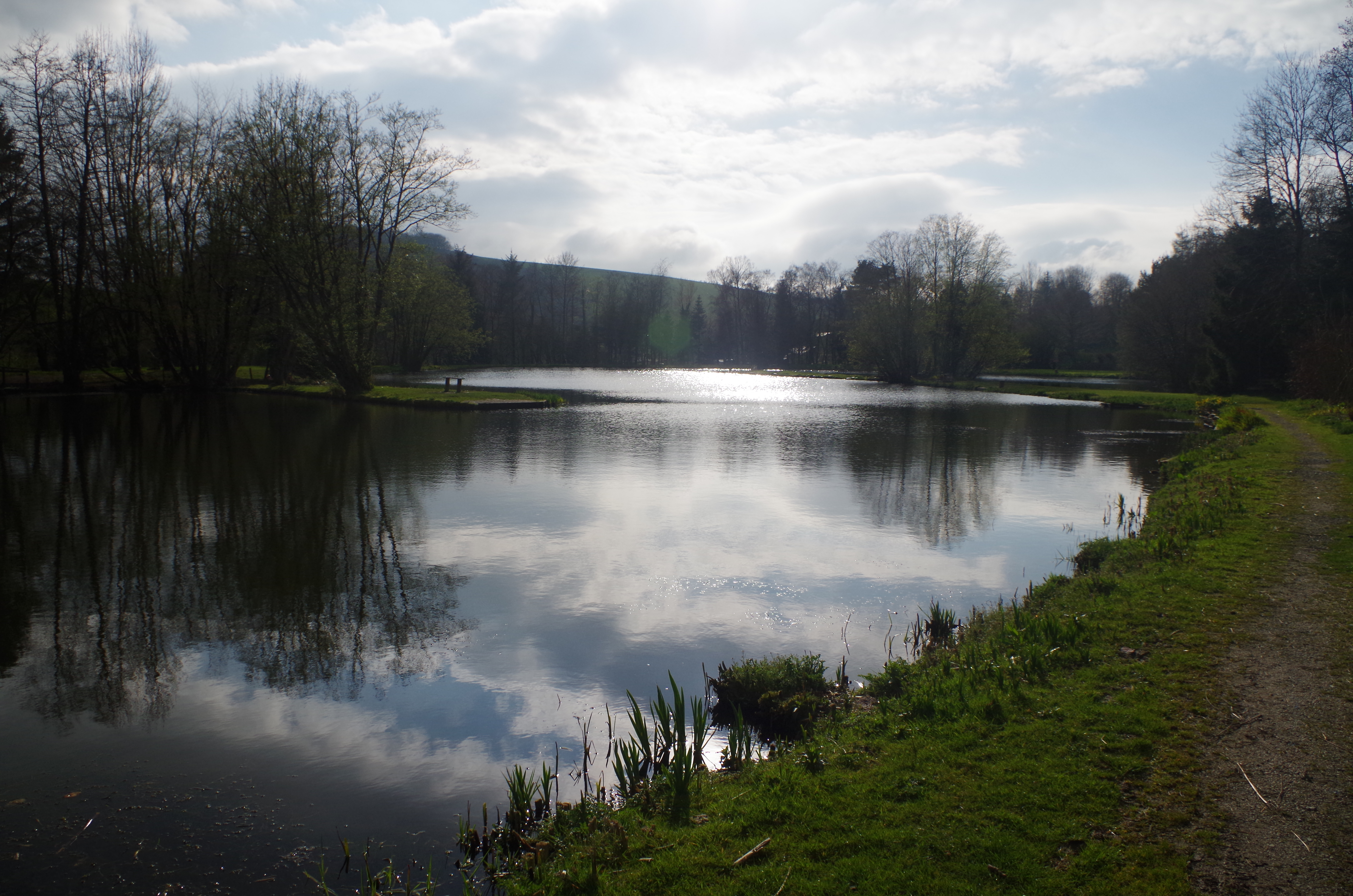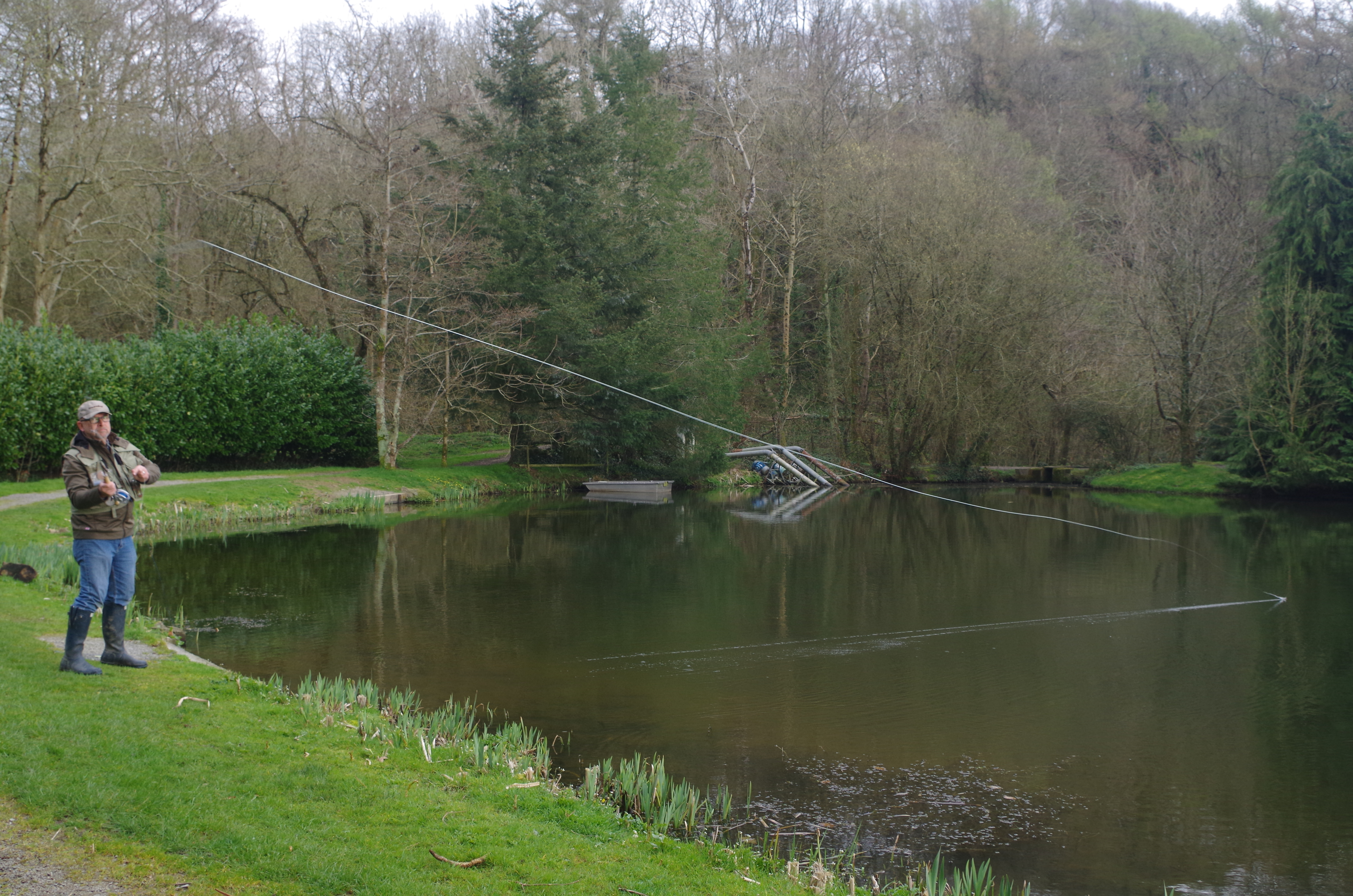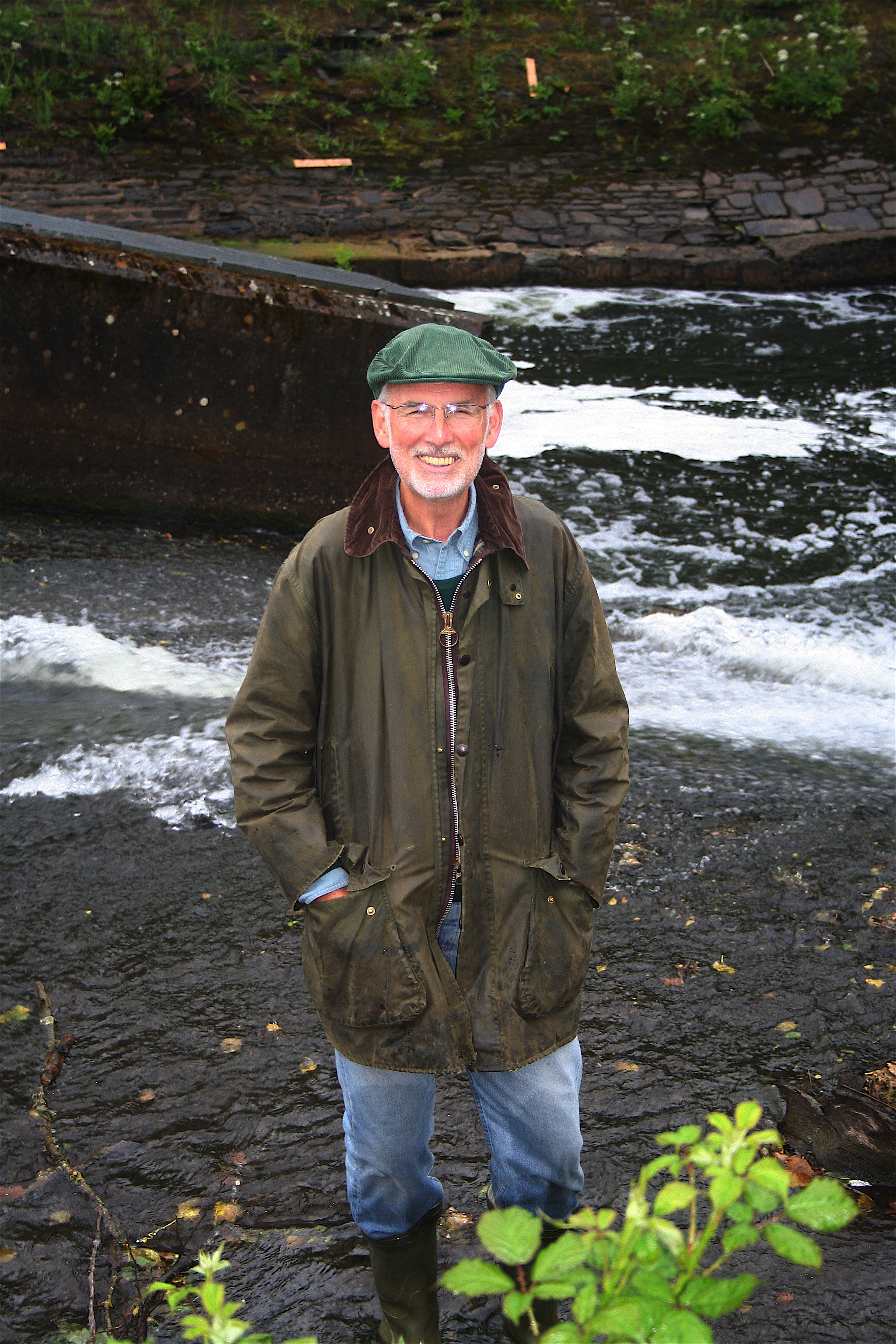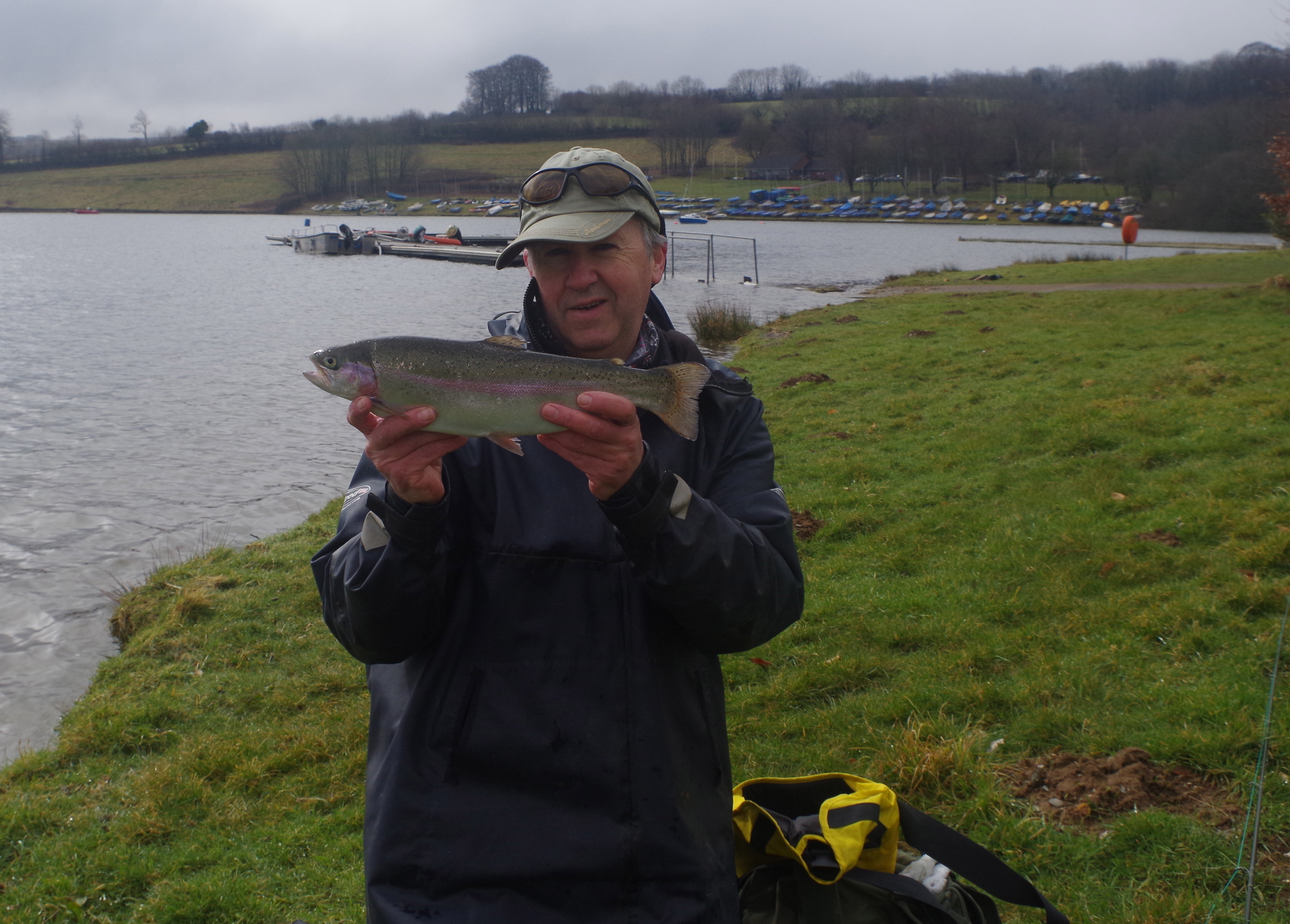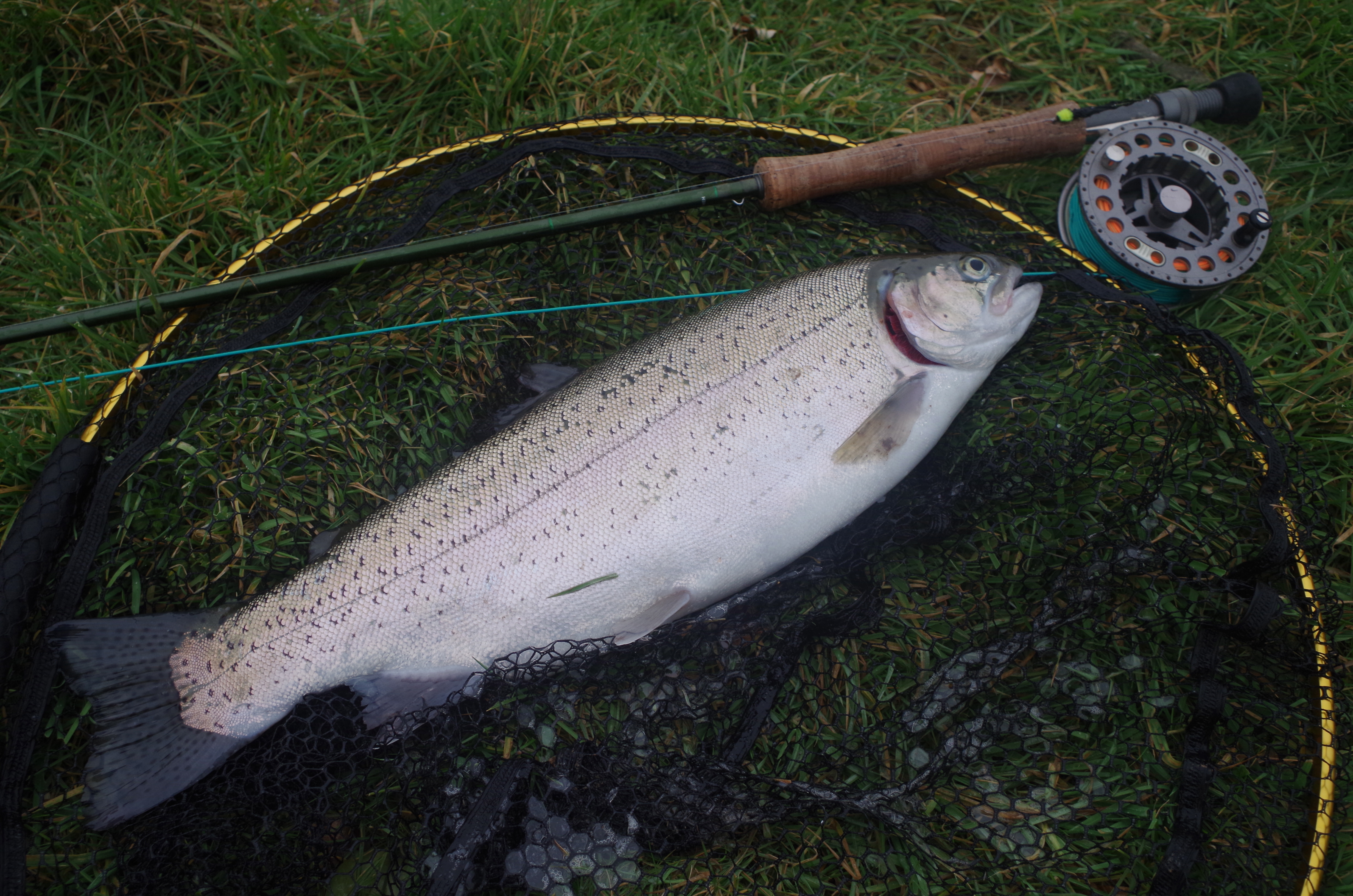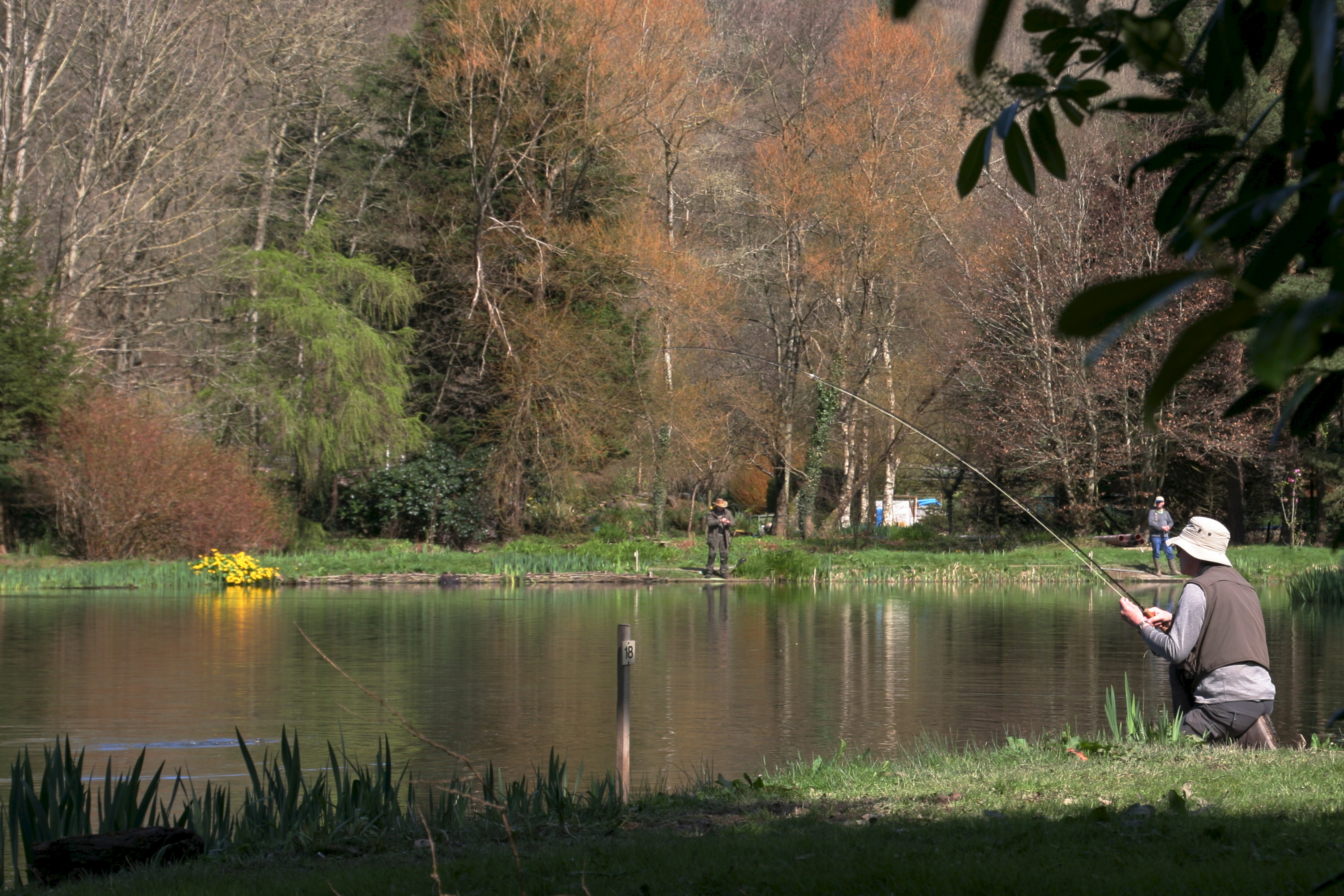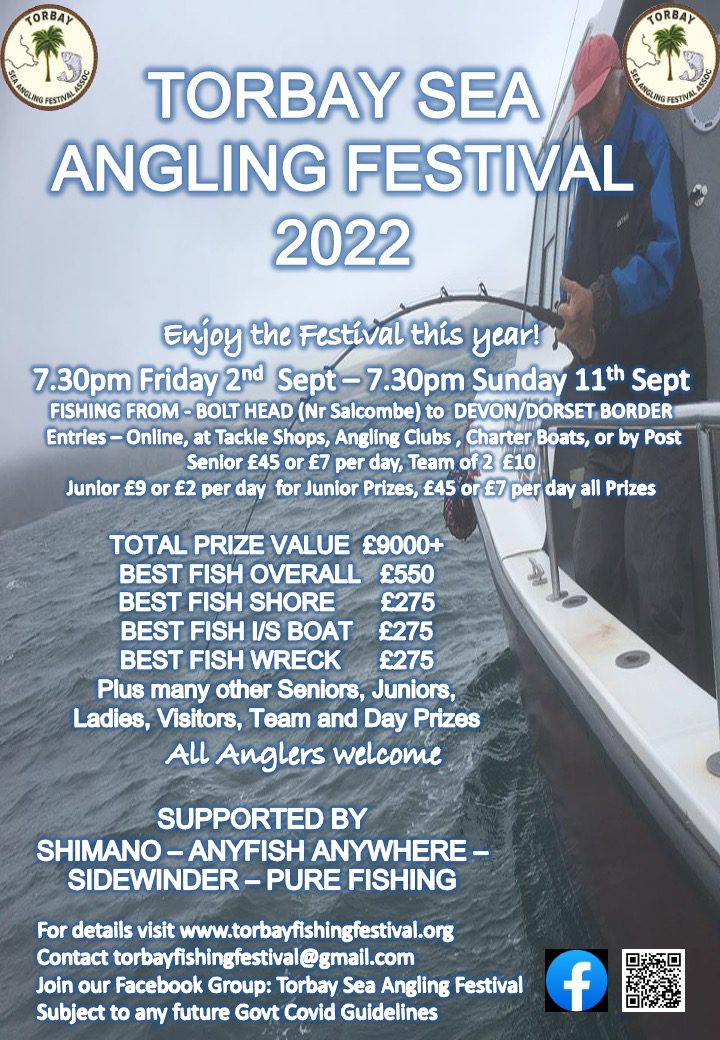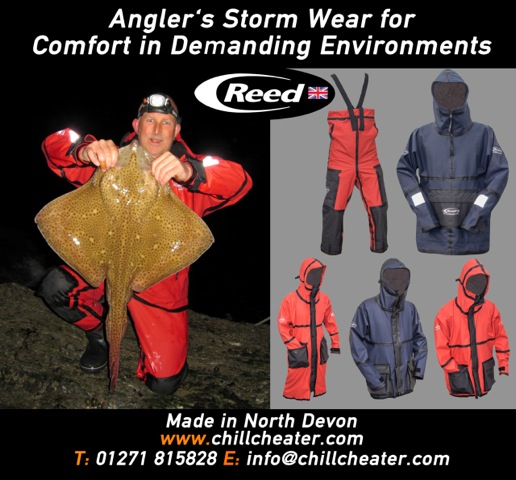Wistlandpound Fly Fishing Club members met members of South West – Fishing for life at Hawkridge Reservoir near Bridgewater where members gave Fly Fishing Coaching on a one to one basis from boats kindly provided by Wessex Water. The hot sunny conditions were far from ideal for fishing and as a result only one of the ladies taking part caught a trout. The event proved very enjoyable and rewarding however with all celebrating the joys of fishing and living on a splendid summers day. The main fishing event commenced at 1.00pm and finished at 3.00pm and was followed by afternoon tea and delicious food in the fishing lodge.

Wistlandpound Fly Fishing Club have been invited to repeat the event in September 2019 when it is hoped conditions will be more favorable for catching fish.


‘Fishing for Life’ is an organization which provides fly fishing sessions for people who all have one thing in common – breast cancer. Meetings are held every month at lakes over the South West, Greater Manchester area and Gloucester/Worcester,, where the scenery is beautiful all the year round. At these sessions members are able to learn to fly fish under the supervision of qualified coaches.
The sessions are provided free of charge, thanks to the help of South West Lakes Trust, Bristol Waters, fisheries and small grants from local authorities. Also fundraising done by a very committed group of volunteers. As well as learning to fly fish, knot tying, entomology, fly tying and conservation are all included in the program and each morning’s session is concluded with refreshments.
Fly fishing not only provides gentle relaxing exercise, but in this wonderful atmosphere, refreshes the soul as well as one member said.
New friendships are made with like minded people and it is a time to relax and have some special ME time. Families and partners are welcome to come along and support but the fishing is just for the members. Everyone is welcome to the refreshments at the end of the session.
http://www.southwestfishingforlife.org.uk/





Wistlandpound Club Members fished their competition between 4.00pm and 6.00pm
Competition Report From Club Secretary David Richards
Well the fishing at Hawkridge was tough five members fished with the women, who I believe had a great day as did the men,such was the enjoyment factor that we have booked up to do the same in September next year.
The reservoir temperature was in the region of 28/29 degrees which is somewhere around the high 80,s.
I believe every fly and every tactic was used but for all but one it was no use and as we had decided earlier that the winner of the comp was going to be the heaviest fish Colin Combe who caught the only 2 fish 4lb 4oz won the day .
Tight Lines Dave R…
I will just add that I did hook into a rainbow that I estimated at 4lb before it managed to shed the hook a foot from the net!





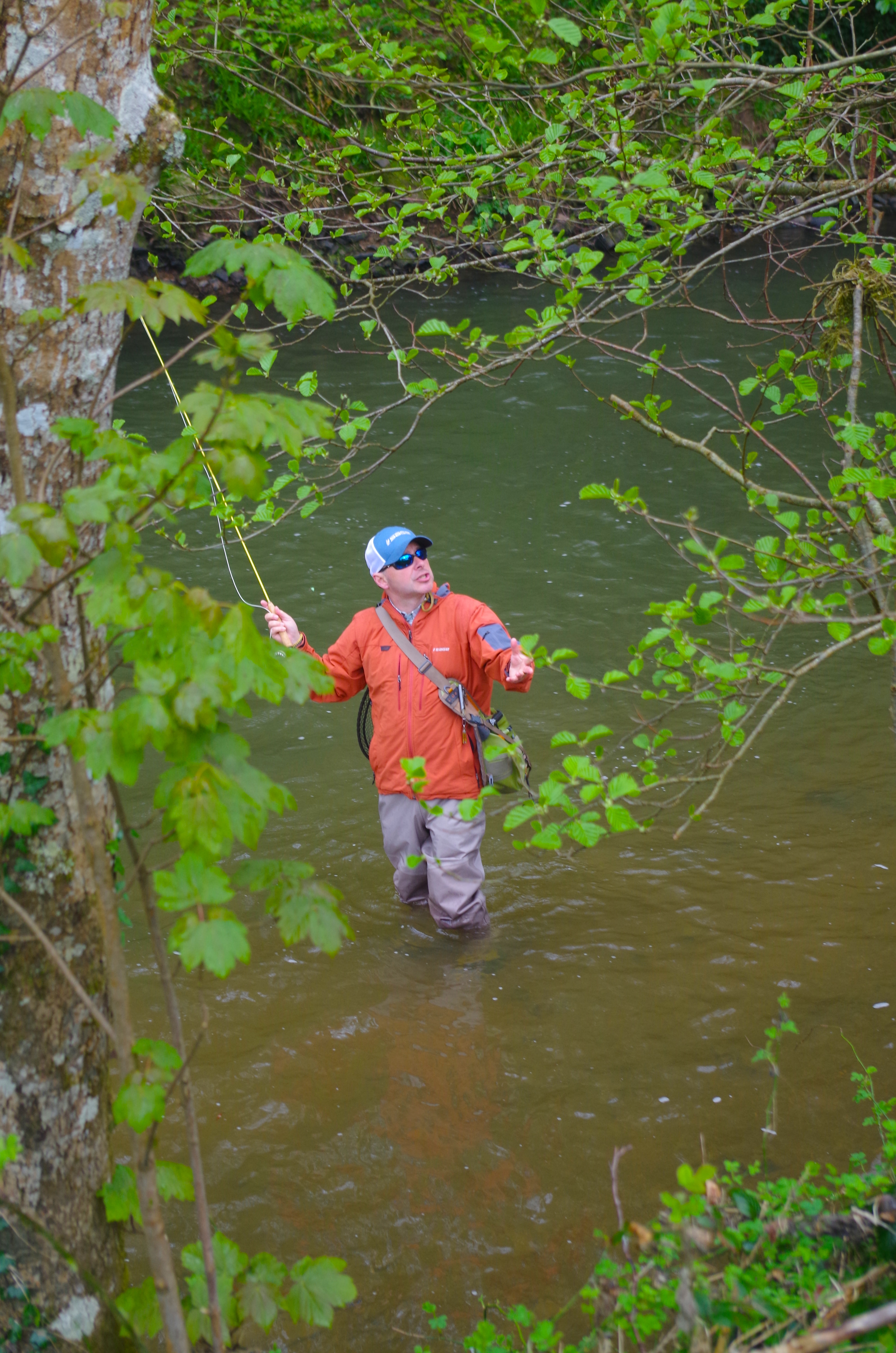
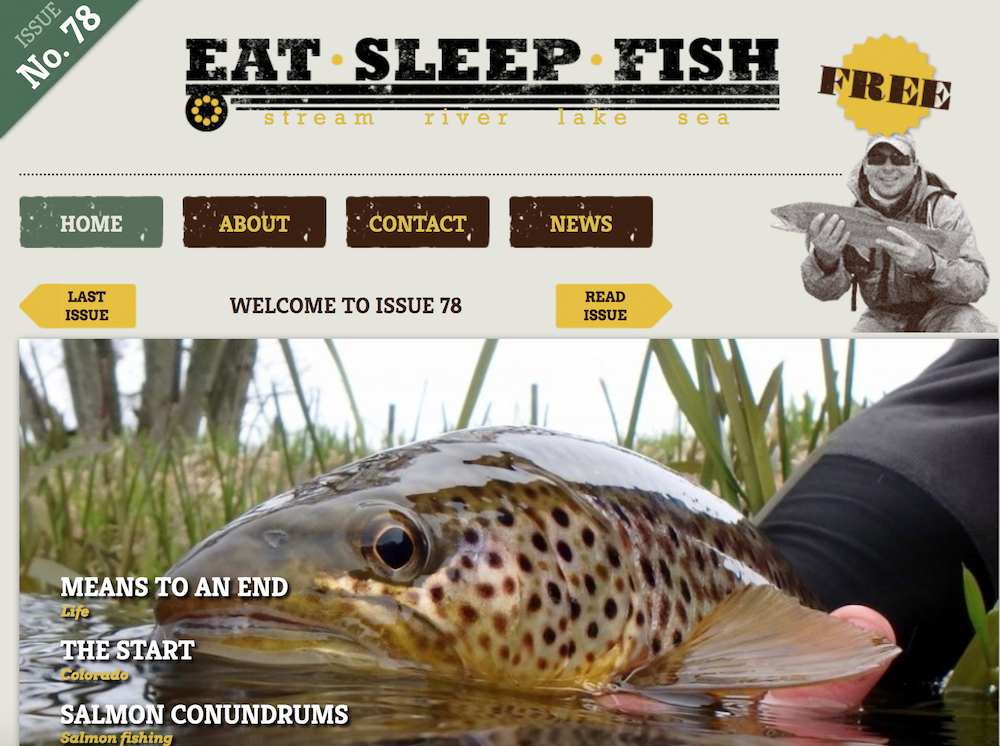
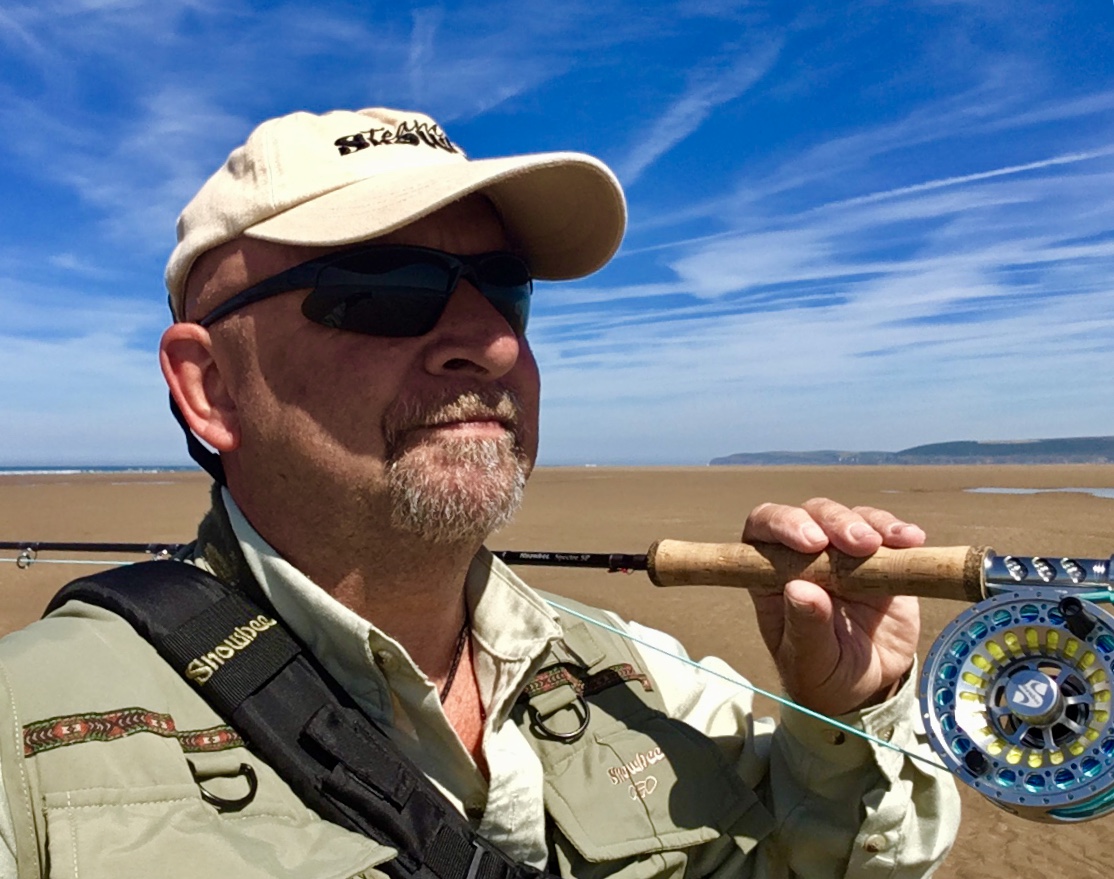









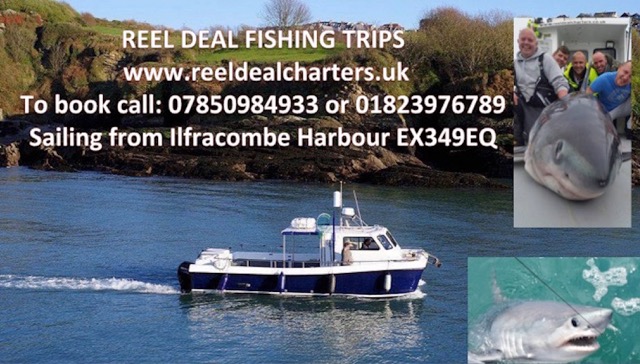


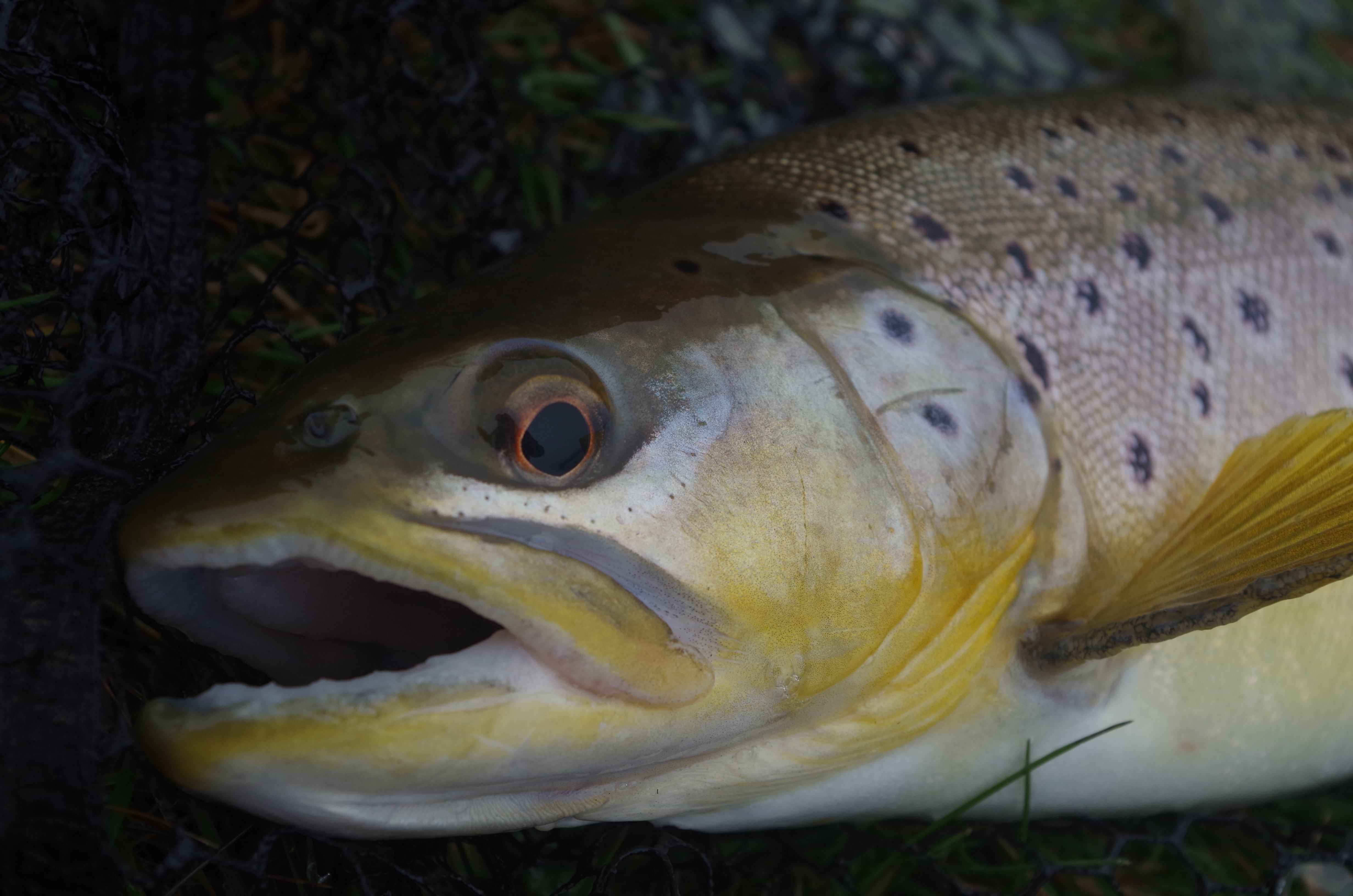



 http://www.exevalleyfishery.co.uk
http://www.exevalleyfishery.co.uk